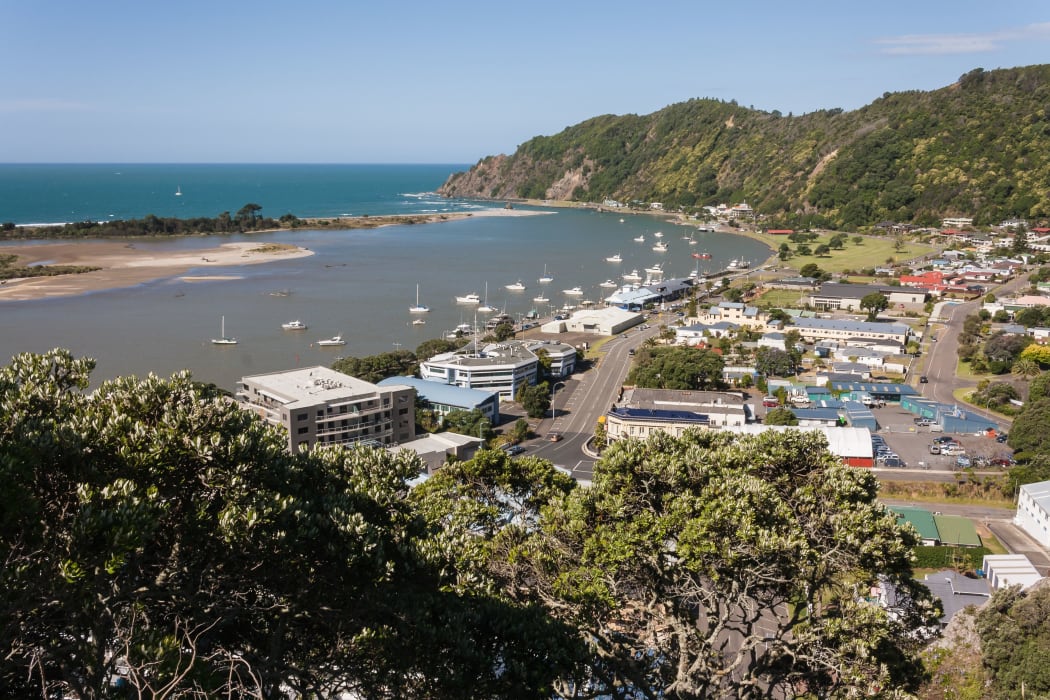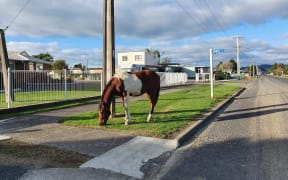Just over half of Whakatāne's homes are occupied by a single person or a couple, yet most homes being built are large with three bedrooms or more, a report commissioned by Whakatāne District Council says.

File photo. Photo: 123rf.com
The council commissioned the report by ME Consulting to better understand the district's housing needs and to forecast what might be needed in the future so it can plan accordingly.
The report found that 54 percent of households consisted of only one or two people, yet 80 percent of homes in the district had three or more bedrooms.
It said this type of household was expected to increase in coming years as the district's population grew older and retired.
The next most common household size, at 38 percent, was two parents with children, followed by a single parent with children at 13 percent.
Three percent of households in the district consist of multiple families living together in one home.
The report also found that many people in the district struggle to buy homes and to pay rent.
It found that the median household income in the district was $62,200, lower than the national of $75,000.
The average rent in the district is $365 per week.
The average house price is $655,000, which would mean buyers in the Whakatāne district would need a deposit of at least $50,000 and be able to afford weekly mortgage payments of $500.
The report said 40 percent of households in the district earned less than $50,000 and these people were now effectively locked out of the housing market unless they already owned one.
The report was presented to councillors at a meeting yesterday.
Mayor Judy Turner said the council needed to put pressure on the government.
"Personally, I haven't let go of the kiwi dream, that even with a low income you can own a house," she said.
Turner said the market was not delivering what the district needed as developers were not catering to the affordable end of the market and were not building smaller homes or apartments.
She said the council also could not count how many people in the district were homeless as many did not sleep on the street. Instead, they couch surfed or slept in garages.
"We have intergenerational poverty; people that have been dispossessed of their land in history that left them without the resources they need. We have an absence of good jobs that pay," Turner said.
"One in 10 high school students nationally don't know where they are going to sleep tonight."
Policy planning and consents manager Nicholas Woodley said the challenge was to unlock land that was not near existing infrastructure like roads and sewerage.
He said developing that land was too cost prohibitive as all this infrastructure also needed to be paid for.
Woodley said the council could bring a business case to the Government asking for it to pay for roading and infrastructure upgrades.
He also said the council owned significant land in the CBD and it should consider whether housing development might be a good use of it.
Turner said council might be surprised at the support it might receive from government on this as the government was "desperate for solutions".
Councillor Nandor Tanczos said the market had never provided the type of housing needed as it looked at houses as a way to make profit.
Councillor Gerard van Beek said a lot of land in the district was not suitable to build on and it was hard to find anyone willing to sell their land for residential development.
Chief executive Stephanie O'Sullivan said the council needed to get more data to build a comprehensive housing plan.
She said she was putting her feet down and making noise about the issue to Government and had a meeting scheduled with Kāinga Ora Housing New Zealand.

Local Democracy Reporting is a public interest news service supported by RNZ, the News Publishers' Association and NZ On Air.




